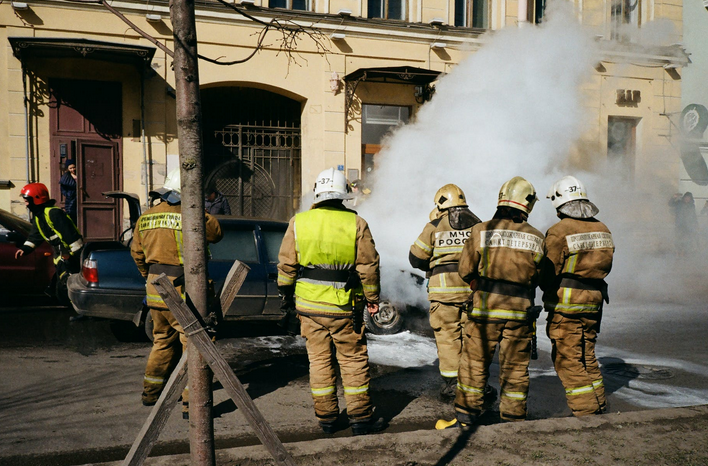The fire and rescue service, such as fire watch guards, is integral to our society. They are responsible for saving lives, property and maintaining public safety in a disaster or emergency. They do this by having access to cutting-edge technology when responding to emergencies. Technology has changed the nature of fire and rescue services in many ways, but these changes have not always been positive for everyone involved with the profession. In this post, we will talk about how technology helps improve fire and rescue service quality.
Drones
 Fire and rescue service is a critical part of our society. They are responsible for saving lives, property and maintaining public safety in a disaster or emergency. Technology has changed the nature of fire and rescue services in many ways over the years. Technology influences how they respond to emergencies in a variety of ways.
Fire and rescue service is a critical part of our society. They are responsible for saving lives, property and maintaining public safety in a disaster or emergency. Technology has changed the nature of fire and rescue services in many ways over the years. Technology influences how they respond to emergencies in a variety of ways.
The most significant way technology impacts how they respond to emergencies is through drones. Drones allow firefighters to get an aerial view of the scene, which can help them better understand the situation and make decisions about how to best approach it. They use drones to deliver supplies or evacuate people from dangerous areas.
Robots and Digital Communication Systems
Another critical use of technology in fire and rescue service is robots. They can use robots to enter dangerous areas, such as burning buildings or chemical spills, where humans cannot go. They can also help investigate potential explosive devices. The use of technology has also changed how firefighters communicate with each other. Radio systems have been replaced by digital communication systems, allowing firefighters to communicate more clearly and effectively. It will enable them to work more efficiently as a team and respond to emergencies quickly and effectively.
Simulation Software
 Technology has also had an impact on the way that firefighters are trained. Many fire departments now use simulation software to train firefighters in real-world situations. It allows them to prepare for emergencies more effectively, making it easier to respond quickly and appropriately. Technology is an integral part of any fire department’s response plan today. It has changed how they operate in numerous ways but has not always been received positively by everyone involved with the profession.
Technology has also had an impact on the way that firefighters are trained. Many fire departments now use simulation software to train firefighters in real-world situations. It allows them to prepare for emergencies more effectively, making it easier to respond quickly and appropriately. Technology is an integral part of any fire department’s response plan today. It has changed how they operate in numerous ways but has not always been received positively by everyone involved with the profession.
In summary, technology has positively impacted fire and rescue services by helping them respond more quickly and effectively to emergencies. It has allowed them to use new tools, such as drones and robots, that help them do their job better. It has also changed how they are trained, which allows them to be better prepared for any situation. While there have been many positive benefits of technology on fire and rescue services, some drawbacks also have. One example is the potential for digital communication systems to interfere with radio communications during emergencies.


